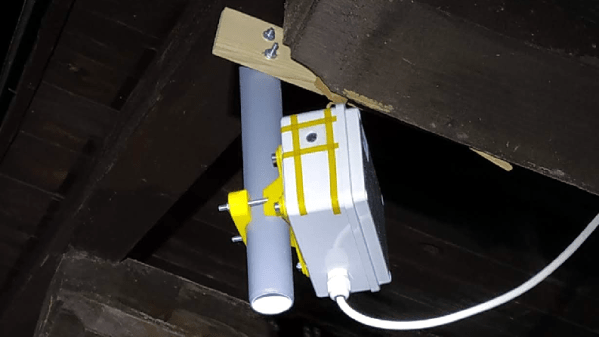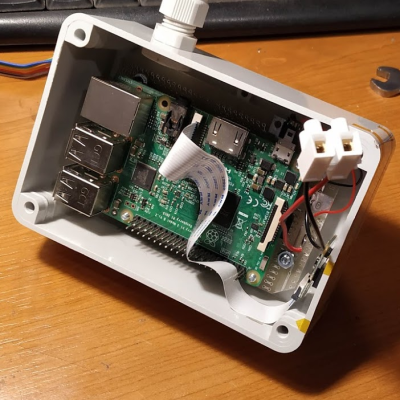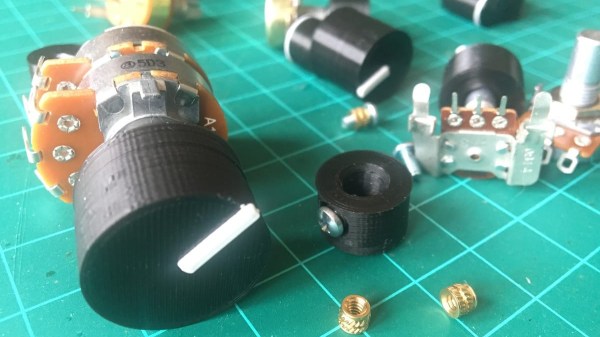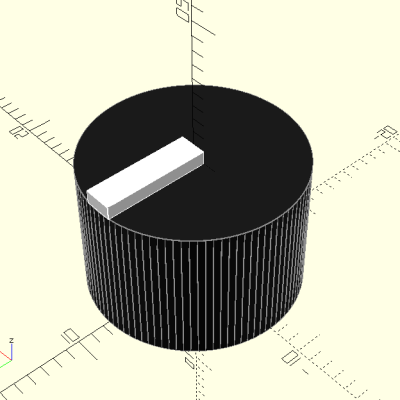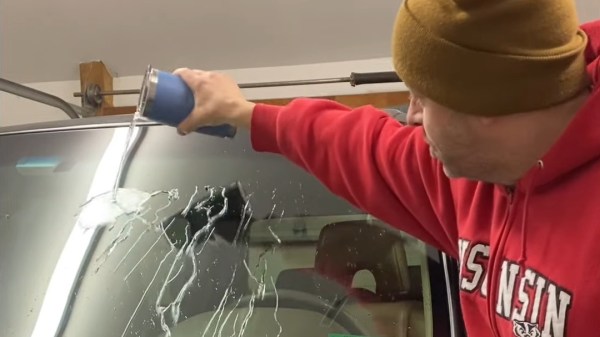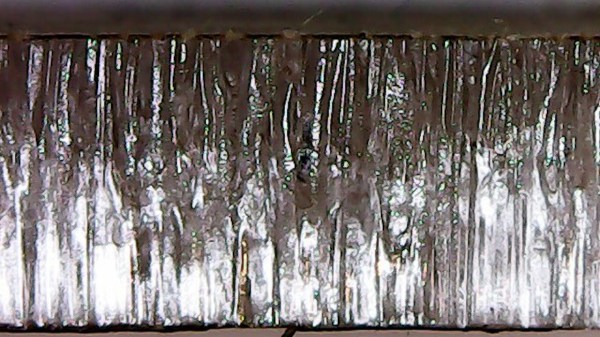Hearing is one of our most precious senses, and yet many take their hearing for granted, exposing themselves to loud noises that do lasting damage. [Jonathan Levi] of The Next Level does no such thing, at least not anymore. He’s even gone so far as to have custom acrylic earplugs made, which he carried around for two years, finally had them tweaked to be perfect, and promptly lost them. Rather than shell out another $150-$200 for another pair, [Jonathan] decided to see if he could make some himself.
While it’s true that [Jonathan] got a head start by asking the earplug company for the STLs they created back when he was fitted, he goes through the ways that one could mold and then scan one’s ears at home for not a lot of money. There are even kits for squirting that quick-setting goo into your ear to get just the right shape. Once you’ve got the ear canal positives, some quick photogrammetry work with your phone camera and a lazy Susan should be enough to get a model going in Blender.
[Jonathan] had the good sense to label left and right on the 3D printed mold, and furthermore added some small 3D printed screws that are color-coded to help him keep them plugs straight, and give him something to grab on to when it’s time to take them out. Be sure to check out the build video after the break.


